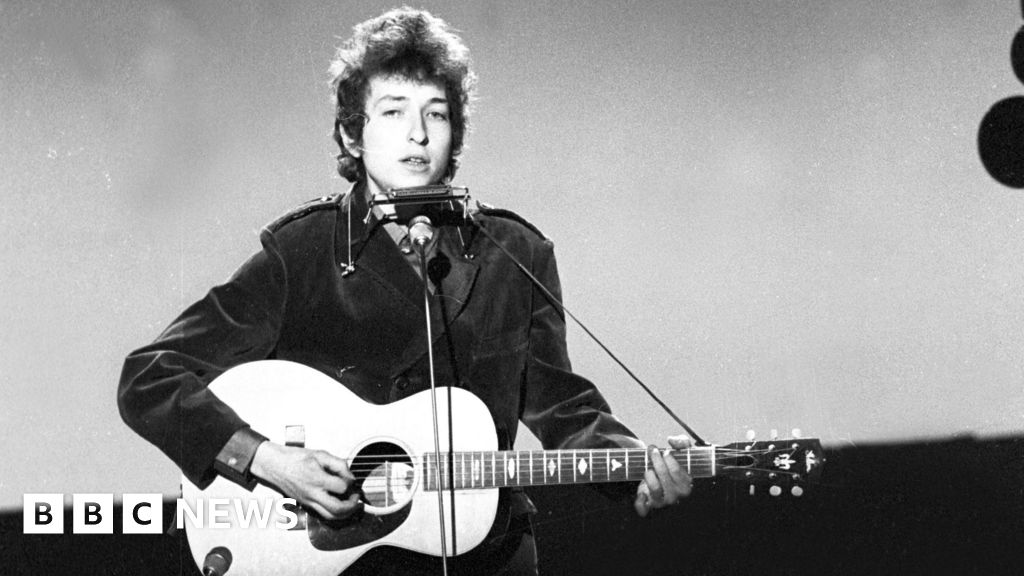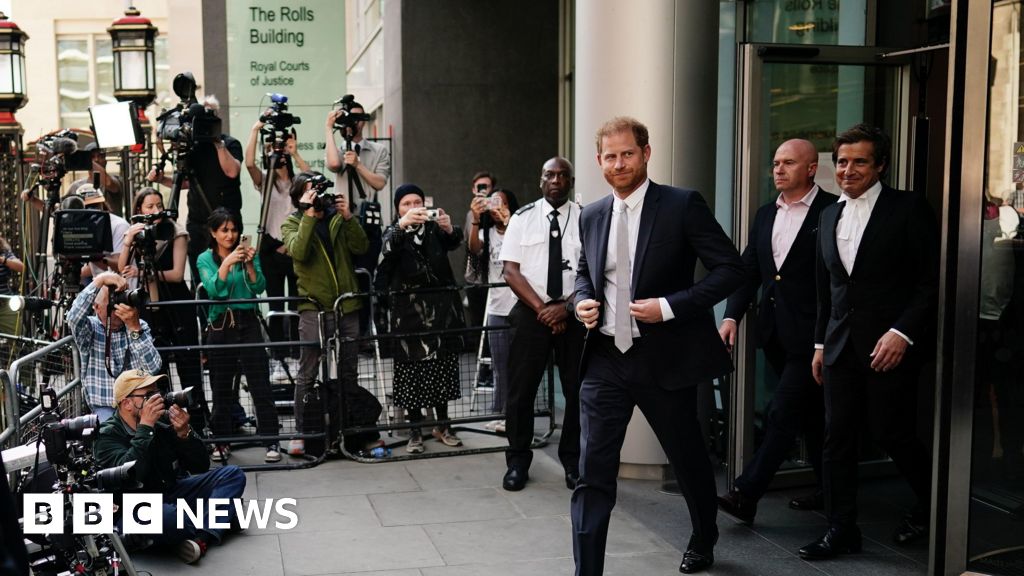ARTICLE AD BOX
 Image source, Maskot/Getty
Image source, Maskot/Getty
More people than ever are choosing online devices like laptops, tablets and smart phones over television
Traditional TV viewing in the UK has seen its sharpest ever decline over the past year, according to Ofcom.
The broadcasting watchdog's annual report into viewing and listening habits showed the proportion of people who tune in each week was down from 83% in 2021 to 79% in 2022.
Media Nations 2023, released on Thursday, suggested older audiences are also switching off at the fastest rate.
BBC One continues to have the highest weekly reach of all TV channels (58%).
A BBC spokesperson said: "While long-term trends show traditional viewing and listening forms are declining over time, we are seeing record growth for our digital services with BBC iPlayer streams up 11% on last year, and BBC Sounds plays up 50% from the same period last year.
"So, while the way audiences are consuming content is changing the BBC is leading the response to this, making us well placed for the future."
But BBC One's figure is still 12 per cent lower than in 2017, as more people leave the telly turned off in favour of streaming shows online on other, more modern devices like laptops, tablets and smart phones.
A similar decline, the report showed, is evident in the average time that viewers spend watching TV every day, down by 12 per cent from two hours 59 minutes in 2021, to two hours 38 minutes in 2022.
And for the first time, there appears to be a "significant decline", it noted, in the average daily broadcast TV viewing among "core" older audiences (aged 65 years old or more).
Older viewers may now be more likely to take up streaming services alongside broadcast TV. Ofcom data suggests that the proportion of online over-64s using Disney+ increased from 7% in early 2022 to 12% in early 2023 although the figures for Netflix (43%) and Amazon Prime Video (37%) were stable compared with 2022.
The overall picture is that take-up of such services appears to be plateauing although the use of video-on-demand services provided by traditional broadcasters continues to grow. ITVX accounted for 10% of ITV's total viewing in the first half of 2023, up from 7% across 2022. BBC iPlayer rose from 14% of the BBC's total viewing to 18% during the same time period.
At the other end of the age spectrum, children and young adults' average daily broadcast viewing has fallen by a significant, if not surprising, 73% since 2012.
Teens and young adults spent an hour a day on the social media platform TikTok, consuming "snackable" short-form content.
Ofcom said the UK's media diet was now more "diverse and fragmented than ever".
One of its directors of research, Yih-Choung Teh, stressed today's audiences have "an 'all-you-can-eat' buffet of broadcasting and online content to choose from", adding that "there's more competition for our attention than ever".
"Our traditional broadcasters are seeing steep declines in viewing to their scheduled, live programmes - including among typically loyal older audiences - and soaps and news programmes don't have the mass-audience pulling power they once had," he said.
"But despite this, public service broadcasters are still unrivalled in bringing the nation together at important cultural and sporting moments, while their on-demand players are seeing positive growth as they digitalise their services to meet audience needs."
'National TV moments'
Image source, Getty Images
Image caption,Members of the public gather to watch large screen live BBC TV coverage of the funeral of Queen Elizabeth II at Truro Cathedral
Also notable in the report is the fact that the number of TV programmes pulling in four million viewers or more has halved since 2014.
That said, public service broadcasters - such as the BBC, ITV and Channel 4 - still dominated the most-watched lists due to their coverage of "valued national TV moments".
Most watched programmes of 2022
- England men's Fifa World Cup quarter-final defeat to France - 16.1m viewers
- Queen Elizabeth II's state funeral - 13.2m
- The Platinum Jubilee - 13.2m
Image source, Reuters
Image caption,England's World Cup defeat was the most viewed programme of the year
It was also a tough year financially for the broadcast industry. For channels which rely primarily on income from advertising, the downturn in the UK economy in the second half of 2022 saw them face revenue declines. The likes of ITV, Channel 4 and Channel 5 collectively generated £97m less than in 2021.
In fact, spending on all genres across TV fell by 5%, except for news that is, with newly-launched channels such at Talk TV and UK News contributing to news programming investment reaching its highest levels at £189m in 2022, up by 42% on the previous high of £134m in 2021.
Unlike its audio-visual TV cousin, radio continued to prove popular with 88% of people tuning in for an average of 20 hours each week across various formats.
Commercial radio took a 51.4% share of the audience in the first quarter of this year, moving it five percentage points ahead of the BBC.
But people under the age of 35 are now more likely to stream music than listen live.
The report also found that on in five adults listened to a podcast every week, with the medium being particularly popular with listeners aged 25-44, while younger people aged 15-25 appear to be losing interest.
UK consumers spent almost £2bn on music in 2022, with subscriptions to online music services like Spotify and Apple Music accounting for 83% of the total.

 1 year ago
29
1 year ago
29








 English (US) ·
English (US) ·